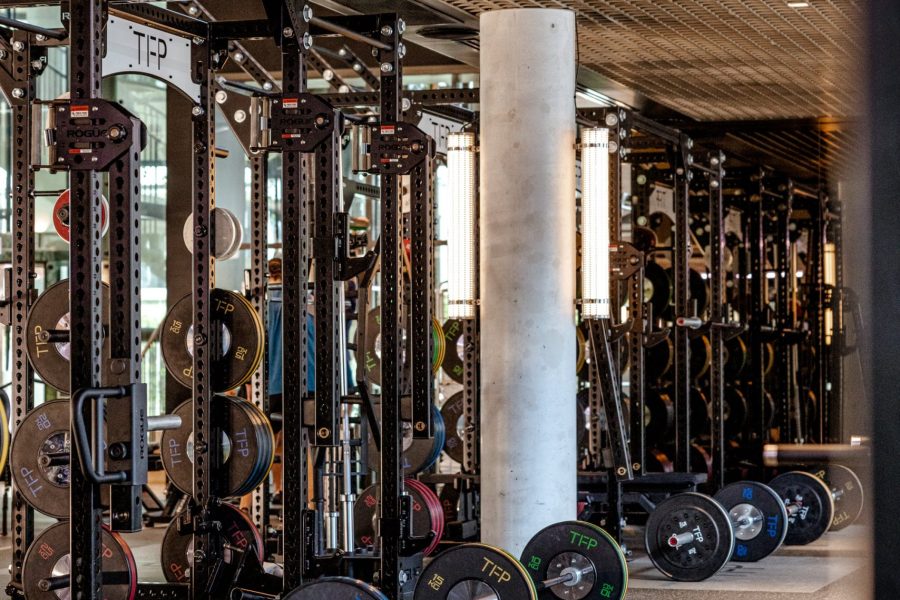Building Peak Performance Through Everyday Habits
Why Small Changes Matter
Often when it comes to change, it’s the small changes and consistency that make an impact. When habits feel simple, they’re easier to stick with. That steady rhythm creates momentum. Think walking for 10 minutes after dinner or swapping your second coffee for water.
Consistency, The Key To Long-Term Progress
Long-term goals aren’t achieved overnight. They take time, patience, and steady effort. The key is building a routine that helps you keep showing up, even when motivation dips.
Progress comes from the everyday actions you stick with over time. Training three times a week, prepping meals ahead of busy days, or setting a regular sleep schedule might seem small on their own, but together they create the structure needed for long-term success.
Habit Stacking For Lasting Routines
What Is Habit Stacking?
Habit stacking is a way to build new habits by pairing them with ones you already do. Instead of relying on willpower or memory, you link a new action to something that’s already part of your routine. Linking new actions to existing ones helps reduce decision fatigue and makes the habit easier to follow.
Examples You Can Start Using Today
Habit stacking works best when it’s specific and tied to routines you already follow. Here’s how you can use it to support your health and fitness goals:
– Mobility: Perform five minutes of soft tissue work (like foam rolling) before your workout.
– Movement: After eating lunch, take a ten-minute walk before returning to work.
– Hydration: After making your morning coffee, drink a large glass of water.
– Mindset: After waking up, take two minutes to practise gratitude.
– Preparation: After dinner, lay out your training clothes for the next day.
– Recovery: After your evening shower, spend five minutes doing light stretching or using a massage ball.
– Nutrition: After your grocery shop, prep a few healthy snacks or meals to have ready for the week.
Choosing Habits That Support Your Goals
The habits you build should match what you’re working towards. Think about your current focus: strength, recovery, endurance, mobility, mindset, or simply feeling healthier overall. Then choose habits that actually support that goal.
If you’re training to lift heavier or move better, habits like planning your sessions, tracking progress, or working on mobility can help. If recovery is the focus, look at sleep, hydration, and how you take care of your body after training. If health is the goal, aim for small actions like getting more daily movement, prepping meals in advance, or switching off screens earlier at night.
Train With Purpose
Define Your Goal: Strength, Endurance, Mobility
Before you walk into a training session, it helps to know what you’re working towards. Your goal shapes everything: how you train, how often you train, and where your focus goes. Knowing your focus makes it easier to structure your session and train with purpose.
If your goal is strength, your sessions might include heavier lifts, longer rest periods, and tracking your progress closely. For endurance, the focus shifts to volume, pacing, and recovery between efforts. If you’re working on mobility, your sessions could look slower, more controlled, and built around quality of movement rather than reps.
Preparing Your Body for Success
How you prepare your body before training can set the tone for the entire session. It’s not just about warming up muscles. It’s about switching on your nervous system, waking up movement patterns, and getting in the right headspace.
This doesn’t need to take long. A few targeted movements, mobility drills, and breathwork can help you feel more connected and ready to move. When your body feels prepared, you train more efficiently and reduce the risk of injury.
Warm-Ups That Set the Tone
A good warm-up is more than just going through the motions. It should reflect the type of session you’re about to do. If you’re lifting, include dynamic movement, core activation, and prep work for the muscles you’re about to train. If it’s a cardio or endurance session, include mobility and heart rate-focused work.
Movement Quality Over Quantity
Master the Technique
Once your session starts, how you move matters. It doesn’t matter how much weight you lift or how many reps you do if your form is off. Good technique protects your joints, builds proper strength, and keeps you training consistently without setbacks. When you move well, you get more from each session and reduce your risk of injury.
Mind-Muscle Connection
Focusing on how your body feels during each movement can improve activation and results. It’s about being intentional, engaging the right muscles rather than rushing through reps. Whether you’re squatting, pressing, or holding a plank, awareness can improve the way you move and enhance your results.
Stay Present in Your Sessions
Being present during your training helps you pick up on what your body needs, where your form might be slipping, and how hard you’re actually working. Set your intention before you begin, avoid going on autopilot, and treat each rep like it matters. Because it does.
Progressively Challenge Your Body
Understanding Progressive Overload
Progressive overload is what helps your body continue to adapt and improve. It means gradually increasing the challenge in your training, whether that’s through more weight, more reps, better control, or increased intensity. Without it, your body stays in maintenance mode. To improve strength, endurance, or performance, you need to steadily increase the demand in a way that supports progress.
Ways to Apply It Beyond Just Adding Weight
Progressive overload isn’t limited to lifting heavier. You can slow your tempo, reduce rest between sets, add more sets or reps, or focus on improving form and range of motion. These methods challenge your body in different ways and can often lead to better results than simply adding weight. The goal is to make consistent, manageable changes that keep you moving forward without burning out.
Signs You’re Ready to Progress
You might be ready to increase the challenge if your sets feel too easy, you’re completing all your reps with good form, or you’re finishing workouts without feeling fatigued. Other signs include better control, faster recovery, or feeling more confident in movements that once felt difficult. Pay attention to these shifts and adjust your training when it feels right.
Recovery Is Where Progress Happens
What Effective Recovery Looks Like
Recovery allows your body to repair, rebuild, and come back stronger. Without it, progress stalls, motivation dips, and performance can suffer. Effective recovery gives your body what it needs to perform, repair, and stay consistent.
The Role of Sleep, Hydration, and Mobility Work
Sleep is where most physical repair takes place. It supports muscle growth, immune function, and mental clarity. Hydration helps with energy, joint health, and reducing fatigue. Mobility work, such as stretching, foam rolling, or gentle movement, keeps your body functioning well between sessions. Together, these elements create a strong foundation that supports long-term performance.
Recovery Tools and When to Use Them
Tools like foam rollers, massage balls, compression boots, or contrast therapy can complement your recovery routine. Use them when you feel tight, sore, or after a challenging session. They can also be included in your weekly schedule to stay ahead of fatigue. These tools are useful, but they work best when paired with consistent sleep, proper hydration, and movement.
Tracking and Accountability
The Power of Showing Up
Progress doesn’t come from one perfect session. It comes from consistently showing up and doing the work. Even on the days when energy is low or motivation is missing, showing up reinforces commitment. These moments add up, even when they don’t feel perfect.
Why a Training Log Helps
A simple training log helps you stay focused and track what matters. Whether you use an app, notebook, or your phone, recording your sessions gives you a clear picture of your progress. It helps you notice patterns, plan smarter, and stay engaged in your training. When motivation dips, looking back on what you’ve achieved can give you a boost.
Staying Motivated
Motivation can come and go, but structure helps you stay consistent. Set clear goals, notice your progress, and celebrate the small wins. Support from others can also keep you grounded, especially when things feel challenging. Having a system in place makes it easier to keep going even when it’s not easy.


